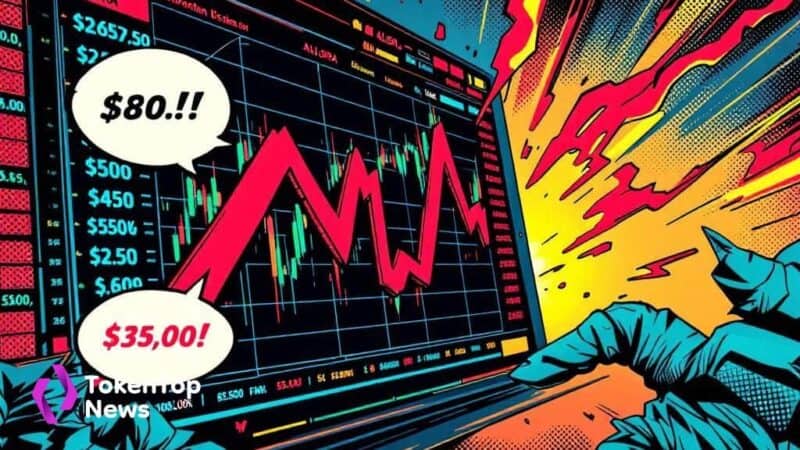Bitcoin Peaks at $95,000 Amid Institutional Inflows
- Bitcoin BTC -2.02% ’s significant price increase and strategic investments
- MicroStrategy’s large bitcoin holdings
- State-level Bitcoin reserve establishment

Bitcoin has surged to $95,000 as of May 2025, driven by significant institutional investments and strategic state-level initiatives in the U.S.
Institutional Investments Powering Bitcoin’s Rise
Bitcoin’s price increase to $95,000 in May 2025 is driven by massive institutional inflows, exceeding over $5 billion recently. In January 2025, Bitcoin reached an all-time high of $109,000.
Key players such as MicroStrategy, led by Michael Saylor, continue to accumulate Bitcoin, currently holding 555,450 BTC, representing 2.6% of the maximum future supply. Saylor plans to raise $84 billion, aiming to surpass 6% of the supply.
The Impact on Connected Equities and State-Level Policies
The rise in Bitcoin’s price has affected connected equities like MicroStrategy stock and large-cap altcoins such as Ethereum ETH -3.18% . The establishment of New Hampshire’s strategic Bitcoin reserve marks an unprecedented move in U.S. state-level policy.
Institutional actions, including those by the Abu Dhabi Sovereign Wealth Fund and Swiss Bank, reflect an increased commitment to cryptocurrency investments. Recent spot Bitcoin ETFs influx puts BTC at the center of asset discussions.
Institutional Engagement Following Historical Bitcoin Cycles
Bitcoin’s historical cycles have typical rallies following halving events, drawing more institutional engagement, especially after ETF approvals. The 2025 cycle shows a dramatic increase in institutional commitment with robust market resilience.
Bitcoin could escalate to $200,000 by the end of 2025… Bitcoin’s primary function is as a safeguard against financial system risks. The cryptocurrency’s decentralized nature makes it a solid option during periods of financial instability.
— Geoff Kendrick, Head of Digital Asset Research, Standard Chartered
Potential outcomes include a continuation of Bitcoin’s function as a safeguard against financial system risks, as stated by Standard Chartered’s Geoff Kendrick. Long-term holders remain bullish post-sharp corrections, indicating strong demand.




